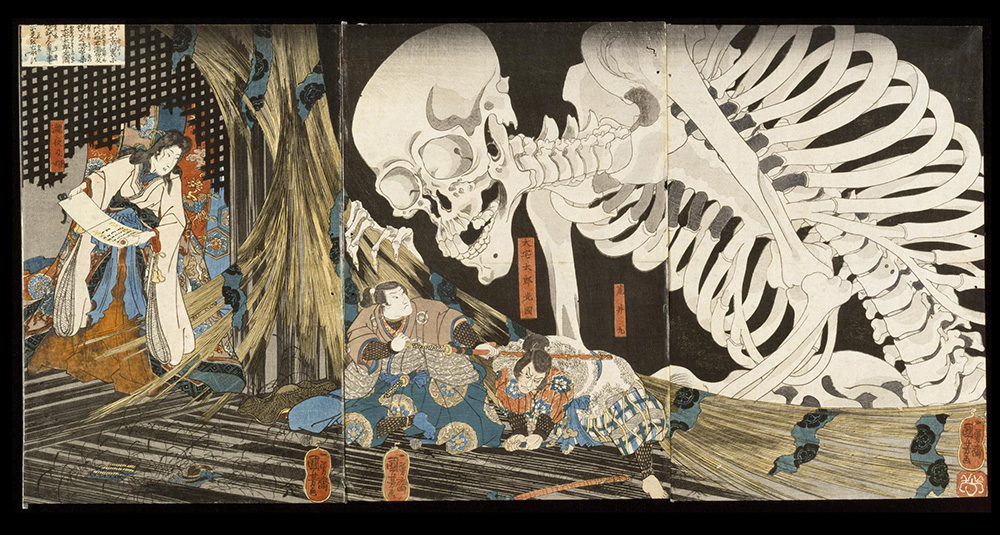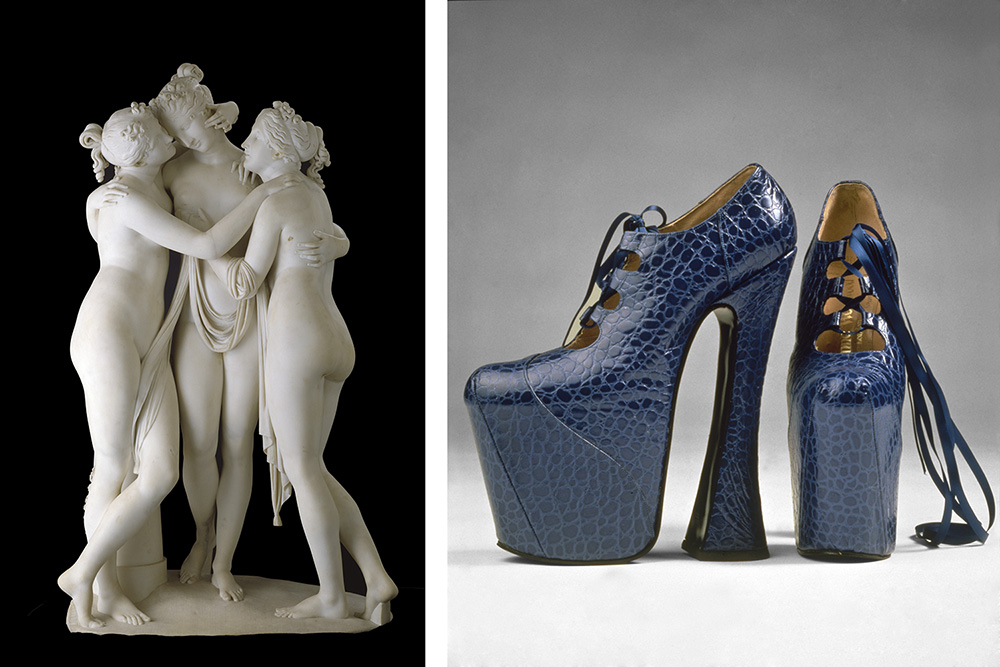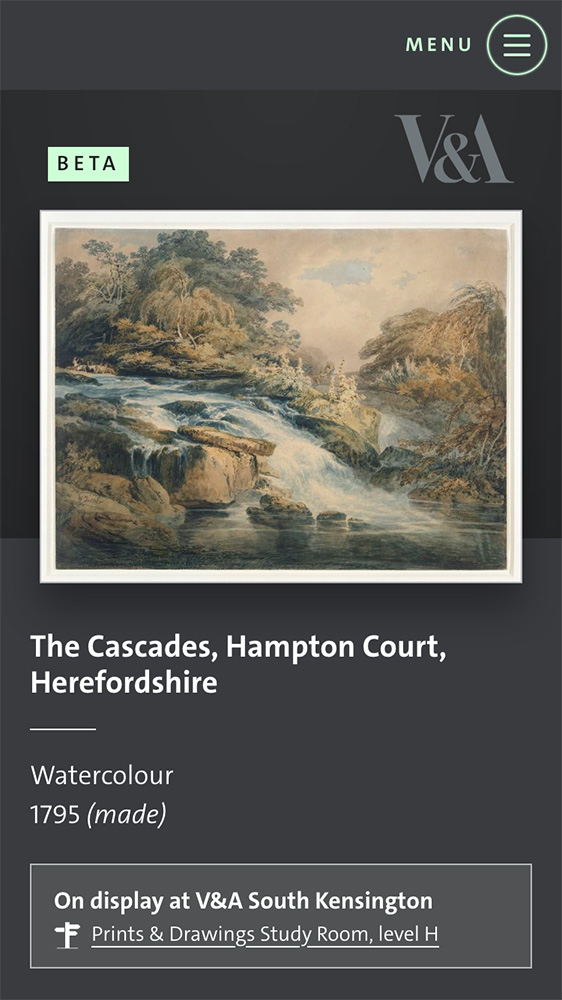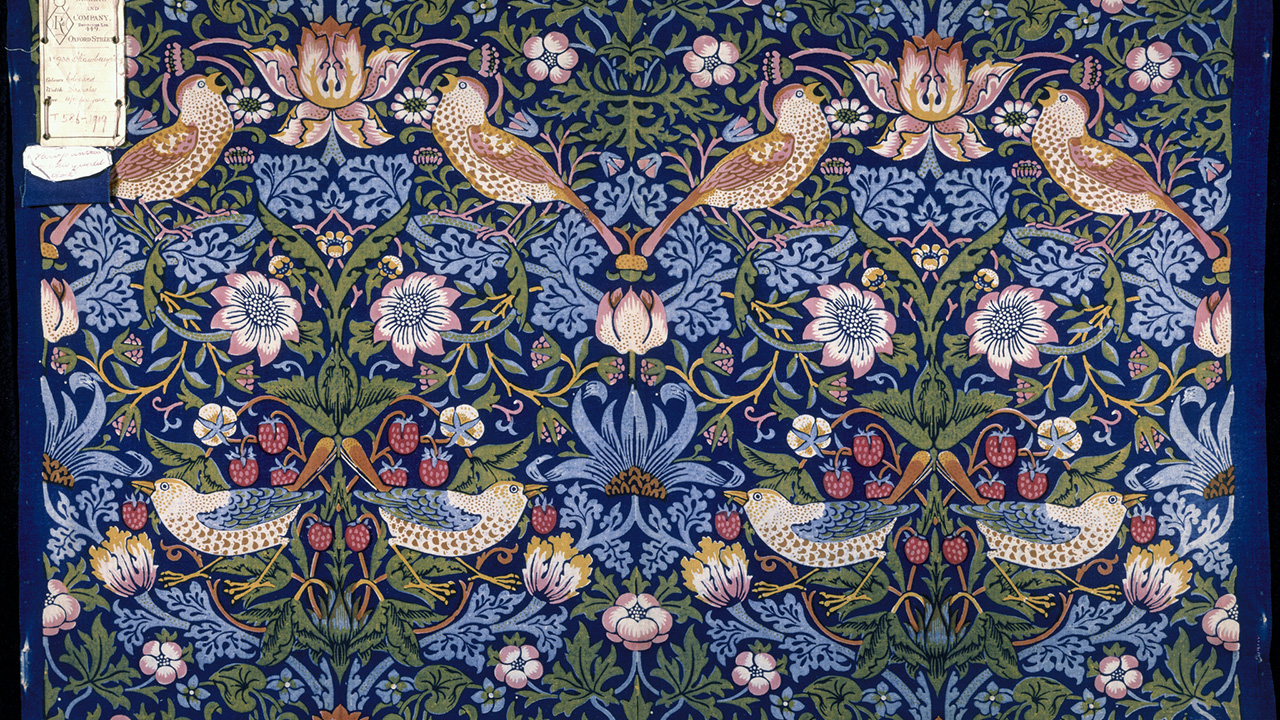Long before a pandemic shut the doors of museums worldwide, the Victoria & Albert Museum (V&A) was forefronting digital access — always a cornerstone of its public purpose — particularly with its online platform Search The Collections. A trove of the V&A’s immense collection, it enabled visitors to look up an object in the museum’s holdings, browse its images, and access its data. However valuable a resource, Search The Collections had a key snag, one that Kati Price, the museum’s Head of Digital Media, dubbed the William Morris Challenge.
Search for “Strawberry Thief,” the British textile designer’s signature work, on the platform and you’ll alight on the item’s page that details its origins and relevant records. But, Price tells Jing Culture & Commerce, “what you wouldn’t find is all the wonderful video and editorial content we hold about that object and about William Morris more generally.” To address these content silos, the London institution commenced plans for a more intuitive and comprehensive platform “to start joining up the journeys across our digital estate.”
Launched earlier this month after two years in-the-making, Explore The Collections is the museum’s new digital platform that offers access to 1.2 million objects from its archive. But more than a repository, it hinges on storytelling and discovery, on drawing connections and uncovering links between a diversity of objects. “We’re trying to do a better job of catering for those who know what they’re after, as well as people who are just looking more generally for inspiration,” says Price.


Explore The Collection boasts a diversity of objects including (clockwise from bottom left) Antonio Canova’s “The Three Graces,” Utagawa Kuniyoshi’s “Takiyasha the Witch and the Skeleton Spectre,” and a Vivienne Westwood-designed pair of platform shoes. Image: © Victoria and Albert Museum, London, © Vivienne Westwood
While artifacts are grouped under broad categories (Photography, Jewelry, Manuscripts, Postwar Design, and the like) with accompanying editorial content, individual object pages will guide visitors to related or similarly tagged items that may pique their interest. Inspecting Fred Astaire’s costume from 1937’s Shall We Dance, for example, might lead you to 19th century theatrical portraits, then postmodern theatrical posters, which in turn might land you amid 16th century drawings of tabernacle frames. To call it a rabbit hole won’t be far fetched; per Price, “We want people to enter into this whole world and just get lost in the best of ways.”
Such a focus on users’ journeys and experiences could only emerge from a firm grasp of audience needs and behaviors. “We couldn’t have even known where to start unless we actually understood how different people use the collections online,” Price says. Driving the project’s build-out were audience data and statistics, as well as multi-stage quantitative and qualitative research. All that will remain key and ongoing as the platform grows in dynamic features and as the institution gears up for the 2023 opening of its new site, the V&A East, which Price views as a physical representation of Explore The Collections.

Mobile view of the platform featuring J.W. Turner’s “The Cascades, Hampton Court, Herefordshire.” Image: Victoria & Albert Museum
“There’s a lot of insight we can generate in terms of how people are engaging with the collections online and what that might mean for how they want to engage in a physical sense,” she says. “We’re always feeding that information back to our curatorial team because it helps them understand what the audience appetite is like.”
So far, Price has observed that traffic to the Explore The Collections landing page has far exceeded that to the V&A’s homepage. Part of it is launch traffic, though she’s noticed a good amount of engagement on social media, notably, “how people are sharing their routes through the collection.” Certainly, the lockdown has amplified digital engagement — the V&A’s YouTube subscriber base has likewise mushroomed — which, for her, has only underscored the importance of a content-first digital approach. “We need to think about storytelling in a digital context and how we can do that in ways that don’t rely on the building itself,” she adds.
These considerations are already underway: the V&A’s upcoming exhibition Alice: Curiouser and Curiouser, which charts the 157-year lifetime of Lewis Carroll’s literary creation, is due for an onsite opening in March, but will also arrive in the form of a virtual reality (VR) experience, created in partnership with HTC Vive Arts and soon to be available on major VR headsets. As Price reflects, “That’s been a really interesting project for us in showing what the future might look like, where we have more blended experiences that are both physical and digital.”
Which, once more, leans into the museum’s mission of facilitating access to content and knowledge, whether onsite and online, or across physical and digital collections. That accessibility, of which Explore The Collections is a vital part, has expansive implications for how visitors learn, discover, and share, ensuring their cultural journeys may start but in no way end at “Strawberry Thief.”



